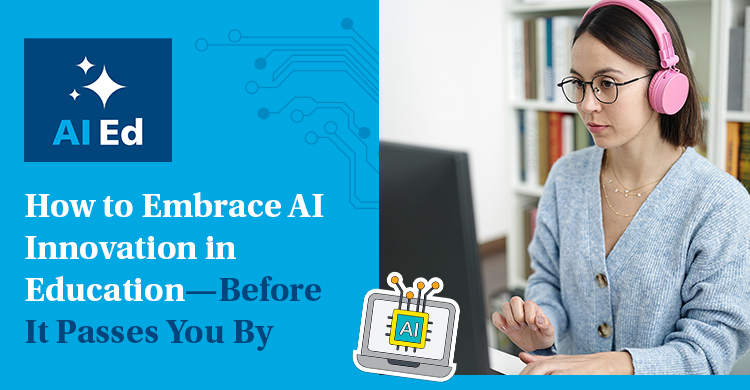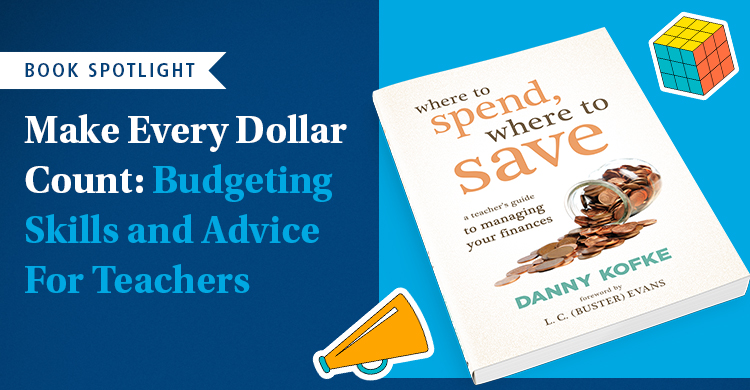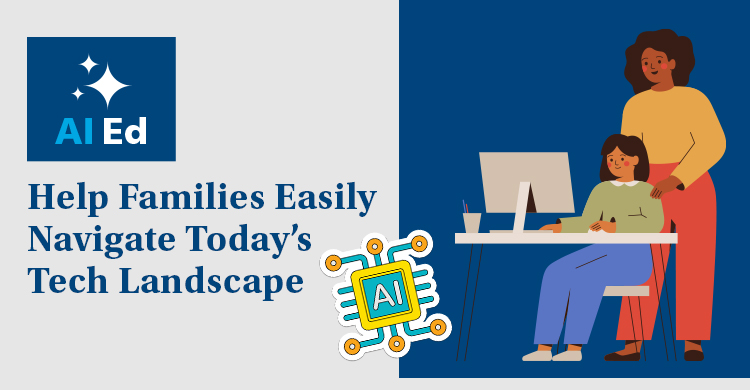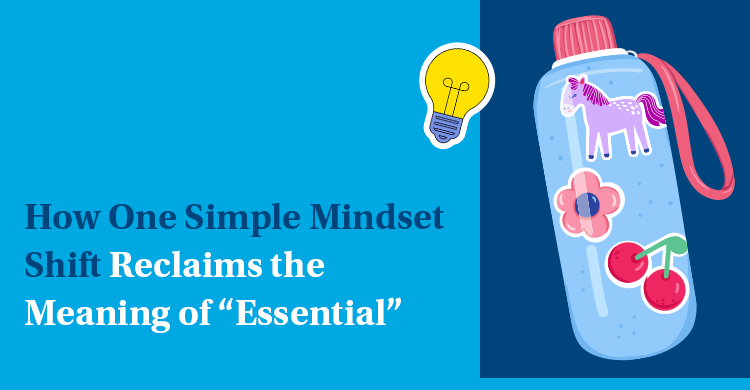“We’re building the plane while flying it,” I often said to teachers as our district’s solo instructional/technology coach in the fall of 2020, when we were offering a new virtual school option to over 1,000 students. Now in 2025, with the rise of AI innovation and large language models, we are no longer building the plane while flying it; the plane is self-built, self-flying, and we are just trying to hitch a ride.
AI in education is like nothing that has come before it. The rapid pace at which AI is evolving is hard for a human mind to comprehend, let alone predict.
Vitally important questions you should ask about AI in schools
One of my biggest concerns about the use of artificial intelligence in schools is that students are light-years ahead of most staff members on how to use it because teachers haven’t been equipped with the necessary learning and resources.
As an educator, here are some questions I ask leaders and districts about how AI works in their schools:
- Is there an AI policy in place?
- Are administrators in the district on the same page?
- Is “cheating” defined?
- Is there an AI acceptable use scale?
- Is a vetting system in place?
- Is a common language being used?
- When, how, and who is teaching AI literacy?
- Is consistent, ongoing learning provided for teachers?
Honestly, I could go on for days, but typing it makes me feel overwhelmed—and I’ve spent the last two years completely immersed as a coach and a teacher on AI usage and how to effectively implement AI in schools for staff, students, and families.

The powerful 5.9-hour advantage of AI in education
A recent study done by Gallup and the Walton Family Foundation revealed that teachers who use AI save an average of 5.9 hours per week. The staggering aspect? Only 32% of teachers use AI regularly, and only 19% of schools that replied have an AI policy in place. So now we are talking about multiple planes flying aimlessly—no pilot or commander in sight.
Teachers don’t need another thing on their plate (trust me, I recently returned to the classroom to teach first grade, and I get it)—nor do we need some stopgap measure that just barely keeps our plane wobbling in the air. We need a comfortable cruising altitude, or better yet, first class—first class being the 5.9 hours consistently saved in a week with AI innovation (I believe AI might even save me more than 5.9 hours in a week).
I have been a strong advocate for AI learning for staff and a proponent of its usage. Still, without a policy, a vision, guidelines, and professional development, teachers are back in the Wild West. Some teachers are showcasing how students can utilize AI, some are still banning AI usage in their classrooms, and some are wondering if it’s called ChatTPG or ChatGPT and what it is. Without the knowledge and skills to use AI with confidence, the first class of saved time that educators so richly deserve will remain inaccessible.
Students deserve a quality education. That education includes AI innovation. And teachers deserve to be knowledgeable and equipped to not only teach students how to effectively and ethically use AI but also utilize tools and resources that can help ensure a smooth instructional flight.
Jumping into the pilot’s seat: 3 big tips for teachers
Start small, but start now
- The plane is flying with or without you. You don’t have to become a master in AI overnight, and honestly, no one has. But don’t wait for professional learning to start exploring. Try just one AI tool that helps you—whether that’s with a lesson, a rubric, drafting an email, or providing feedback. Gain confidence and expand from there.
Use AI as an assistant, not a shortcut
- AI isn’t here to replace you or your expertise; it’s here to support you. I can get help from AI as my personal assistant in a matter of seconds. Let AI take tasks off your plate so you can put energy into what matters most, like connecting with students and making meaningful learning experiences.
Teach AI by modeling AI
- Your students are already using AI, whether you know it or not. And yes, I am even talking about elementary students. AI is built into almost everything they digitally touch, so if we don’t guide them, someone (or something) else will. Talk about when it’s appropriate to use and when it isn’t. Model ethical use and be transparent when you use AI tools in the classroom. Learn alongside your students.
We are in a new era of teaching. How exciting is that? Embrace AI innovation. Regain control of the plane. Try some tricks. And go for first class! While you wait for the next post in our AI Ed blog series, explore our other AI resources to get started with confidence—or check out our other AI Ed blogs!
About the author
Samantha K. Dykes is an instructional coach at Linn-Mar Community School District in Marion, Iowa, where she has been a driving force in inspiring innovation through professional development.






